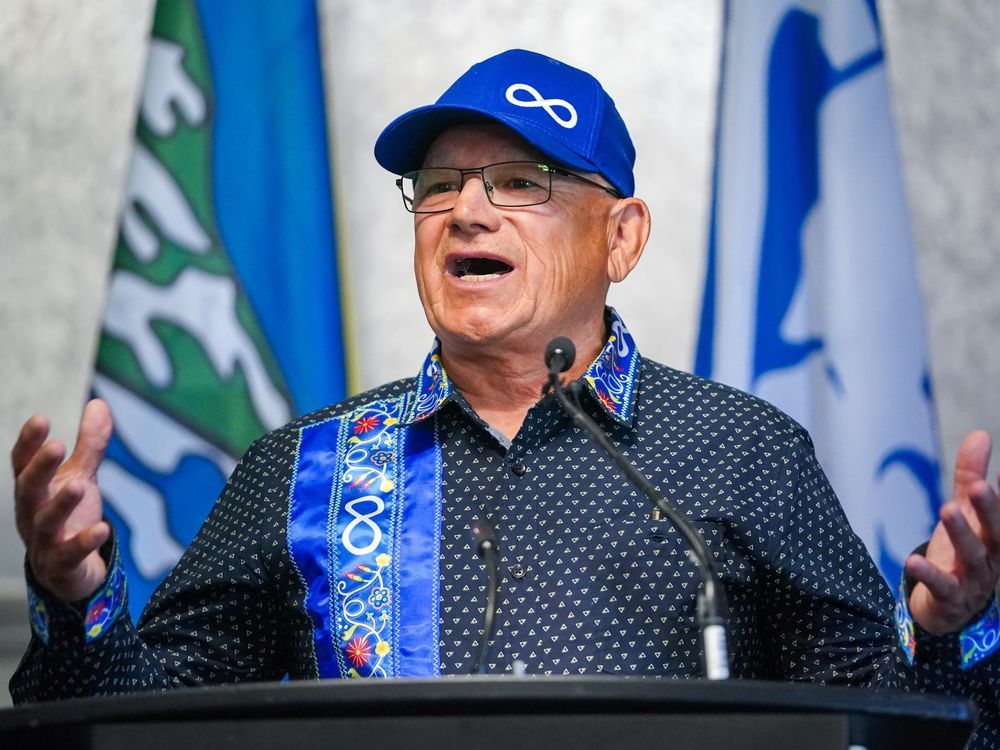Federal government decided to launch its own airline in 1937, as a subsidiary of Canadian National Railways
Published Aug 31, 2024 • Last updated 0 minutes ago • 4 minute read

On Sept. 1, 1937, the first Trans-Canada Air Lines flight took off from Vancouver.
But it wasn’t flying across Canada — it was a short hop to Seattle. TCA’s first commercial passenger flight across Canada from Montreal to Vancouver wasn’t until April 1, 1939.
The Seattle flight was a big deal. The federal government launched the airline on April 10, 1937, and started operating in September after buying an established route, and two planes and their crews from Canadian Airlines, a private company that was owned by James Richardson in Winnipeg.
Advertisement 2
THIS CONTENT IS RESERVED FOR SUBSCRIBERS ONLY
Subscribe now to read the latest news in your city and across Canada.
- Unlimited online access to articles from across Canada with one account.
- Get exclusive access to the Vancouver Sun ePaper, an electronic replica of the print edition that you can share, download and comment on.
- Enjoy insights and behind-the-scenes analysis from our award-winning journalists.
- Support local journalists and the next generation of journalists.
- Daily puzzles including the New York Times Crossword.
SUBSCRIBE TO UNLOCK MORE ARTICLES
Subscribe now to read the latest news in your city and across Canada.
- Unlimited online access to articles from across Canada with one account.
- Get exclusive access to the Vancouver Sun ePaper, an electronic replica of the print edition that you can share, download and comment on.
- Enjoy insights and behind-the-scenes analysis from our award-winning journalists.
- Support local journalists and the next generation of journalists.
- Daily puzzles including the New York Times Crossword.
REGISTER / SIGN IN TO UNLOCK MORE ARTICLES
Create an account or sign in to continue with your reading experience.
- Access articles from across Canada with one account.
- Share your thoughts and join the conversation in the comments.
- Enjoy additional articles per month.
- Get email updates from your favourite authors.
Sign In or Create an Account
or
Article content
The planes were Lockheed Electras, one of the top planes of the era and the one that aviation legend Amelia Earhart was flying when she disappeared over the Pacific Ocean on July 2, 1937.
The Vancouver Sun published two photos of TCA’s launch, one of the gleaming, metal plane, one of Vancouver mayor George Miller shaking hands with TCA’s D.R. MacLaren, a “wartime ace” who was referred to as “wing commander,” which was his title in the Royal Canadian Air Force.
MacLaren had been the head of Canadian Airways’ local branch, and stayed on with TCA. He flew to Seattle on the first TCA flight, where he was greeted by Seattle’s mayor.
The airline was to be run as a subsidiary of Canadian National Railways, which was owned by the government. According to an Aug. 10, 1937 Sun story by Bob Bouchette, CN owned all 50,000 shares of the airline, which provided $5 million in capital for TCA.

Bouchette wrote that TCA could sell shares, but had to retain majority control. Any shares sold had to be owned by “a British subject resident in Canada, or a company incorporated in Canada.”
Ironically, an American was chosen to lead the company. Phillip Johnson had started off as an engineer at Boeing in Seattle and had run United Airlines —which William Boeing had started.
By signing up you consent to receive the above newsletter from Postmedia Network Inc.
Article content
Advertisement 3
Article content
One reason the federal Liberals decided to start a national airline was because it feared Canada was lagging behind other countries. But war was looming in Europe, so national defence was a factor.
“Routes to be flown by Trans-Canada ships, piloted by Canadian airmen, will be Halifax-Moncton-Montreal-Winnipeg-Regina-Lethbridge-Vancouver,” wrote Bouchette, “with a connection to Toronto and from Lethbridge to Calgary and Edmonton.”
Lethbridge was chosen over Calgary because the company chose to fly the Crow’s Nest Pass route through the Rocky Mountains. The original cross-Canada route also made a stop at Kapuskasing in northern Ontario, as well as in Ottawa.
“It is judged that the Montreal-Vancouver run will be made in 17 hours,” wrote Bouchette.

Minister of Transport C.D. Howe told the House of Commons on April 2, 1937 that cross-country fares would be six cents a mile, the average price in the U.S.
Howe said: “Canadians are more air-minded than people imagine,” and didn’t believe it necessary to “launch an advertising campaign to sell the line to Canadians.”
Advertisement 4
Article content
But he allowed that CN might include that line in its advertising, since it was slated to sell TCA’s tickets.
Planes took off from both Vancouver and Montreal on the first passenger flights on April 1, 1939. The Province ran a list of all 11 passengers, one of whom was “Grant McConachie of Edmonton,” who became the head of Canadian Pacific Airlines and is the inspiration for Grant McConachie Way by Vancouver’s airport.
The flight east went smoothly until it landed in a “foot of slush” in Ottawa. The flight was held overnight and passengers finished their journey to Montreal by train.
The flight west encountered “severe icing conditions in the vicinity of Cranbrook” and was ordered back to Lethbridge for the night. But weather remained dicey and a second trans-Canada flight had to stop in Lethbridge before the weather improved and both planes were able to fly to Vancouver.
Trans-Canada Air Lines was renamed Air Canada in 1965. It became a private company in 1988.



Recommended from Editorial
-

At 11:13 p.m. on April 28, 1947, the pilot of a Trans-Canada Airlines flight messaged Vancouver airport: “TCA-3 to Vancouver tower,” said Captain W.G. Pike. “By the range of 7,000 (feet) on instruments. Westbound at 11:13.” According to an account in The Vancouver Sun the following day, this meant the plane was inbound, and “would be landing within a matter of minutes.” But the plane was never heard from again.
-

In 1920 seaplanes were as common as regular airplanes in Vancouver.
Bookmark our website and support our journalism: Don’t miss the news you need to know — add VancouverSun.com and TheProvince.com to your bookmarks and sign up for our newsletters here.
You can also support our journalism by becoming a digital subscriber: For just $14 a month, you can get unlimited access to The Vancouver Sun, The Province, National Post and 13 other Canadian news sites. Support us by subscribing today: The Vancouver Sun | The Province.
Article content
.png)
 2 weeks ago
16
2 weeks ago
16

































 Bengali (BD) ·
Bengali (BD) ·  English (US) ·
English (US) ·